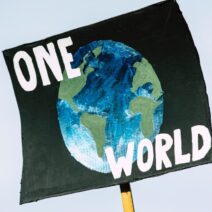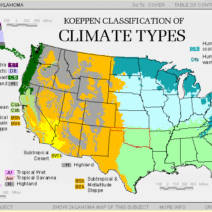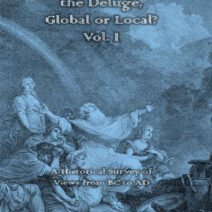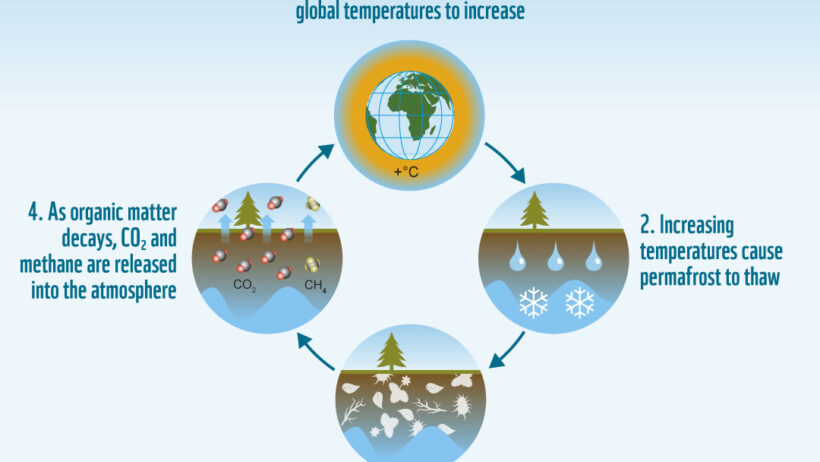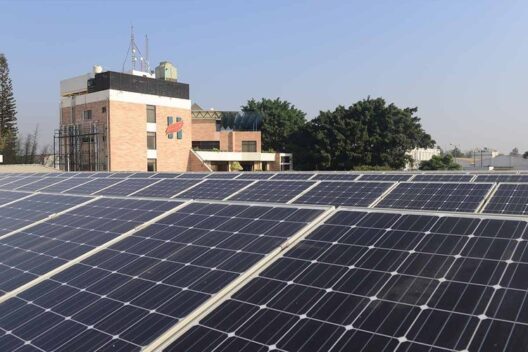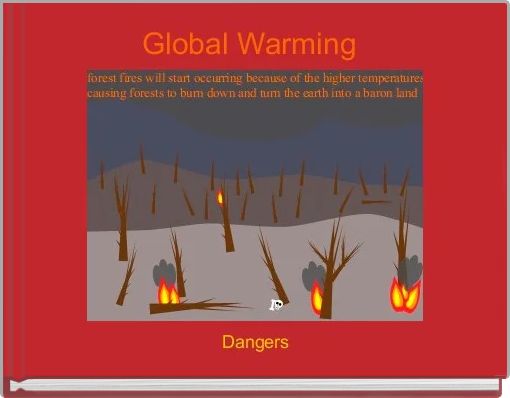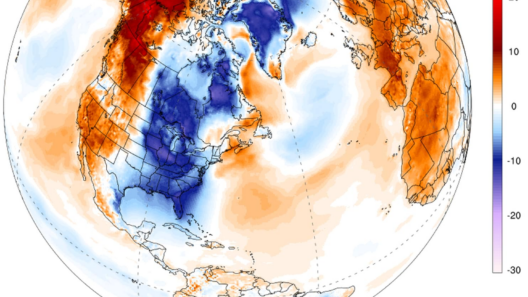Greenland’s Great Thaw has become emblematic of the profound shifts occurring due to climate change. The staggering transformations of the Arctic landscape are not merely visual but also ecological, social, and geopolitical. As global temperatures continue to rise, the polar regions undergo a metamorphosis that reverberates far beyond their icy borders. Understanding the implications of this thaw is critical for grasping the broader narratives of climate change.
One of the most immediate effects of global warming in Greenland is the alarming increase in ice melt. The Greenland Ice Sheet, which contains enough frozen water to raise global sea levels by over six meters if fully melted, is shedding mass at an unprecedented rate. Researchers estimate that the ice sheet has been losing roughly 280 billion tons of ice annually over the past two decades. This phenomenon is largely attributable to rising atmospheric temperatures and ocean heat exposure, exacerbating the rate of surface melting and enhancing calving events where chunks of ice detach from the main sheet.
As ice melts, the Arctic landscape undergoes an irreversible transformation. Glacial retreat unveils ancient landforms and ecosystems long concealed beneath ice. This retreat is not simply a geographic change; it signifies a burgeoning opportunity for biodiversity restoration. Flora and fauna that have been dormant are beginning to emerge. While the initial stages might seem promising, it masks deeper ecological consequences. New ecosystems will be fighting for equilibrium, which can lead to unforeseen invasions by less resilient species, thus disrupting the established ecological balance.
The melting of Greenland’s ice sheet plays a pivotal role in global sea level rise, a phenomenon that poses existential threats to coastal communities worldwide. The direct consequences are felt acutely in low-lying nations such as Bangladesh and the Maldives, where rising waters threaten to submerge entire populations. The socio-political ramifications of such displacement could escalate into global crises, as nations grapple with the influx of climate refugees. This situation will demand unprecedented international cooperation and innovative policy-making to address the impending repercussions.
Moreover, as the ice recedes, it has opened the Arctic to new opportunities for natural resource exploitation. The region is rich in minerals, oil, and gas, which become increasingly accessible as the ice melts. However, the pursuit of these resources ignites considerable debate. On one hand, resource extraction could bolster economies; on the other, it poses devastating risks to fragile ecosystems. The potential for oil spills and habitat disruption can inflict irreparable damage on local wildlife and Indigenous communities, emphasizing the urgent need for sustainable practices and robust regulations.
Beyond ecological impacts, Greenland’s Great Thaw has implications for Indigenous peoples residing in these regions. The Inuit communities, who have thrived in this environment for millennia, face existential challenges. Traditional ways of life, reliant on predictable patterns of ice and snow, are being undermined. Changes in animal migration patterns, colder months reduced in duration, and unpredictable weather affect their hunting and gathering practices. The erosion of these cultural practices is a significant loss, as Indigenous knowledge systems contribute to ecological stewardship and biodiversity conservation.
Climate change also affects weather patterns beyond the Arctic Circle. The thawing of Greenland is linked to alterations in atmospheric circulation, which can lead to abnormal weather occurrences in Europe and North America. For instance, the disruption of the polar vortex can result in extreme cold snaps further south, creating a paradox where the Arctic’s warm air influences temperate climates negatively. Understanding these connections illustrates the complexity of climate systems and the importance of comprehensive climate studies.
In light of these complex interrelations, the conversation surrounding mitigation and adaptation strategies grows increasingly urgent. Innovative technologies and sustainable practices must be prioritized to address these challenges effectively. Transitioning to renewable energy sources, enhancing energy efficiency, and fostering sustainable agriculture can all contribute to reducing greenhouse gas emissions. Additionally, international agreements such as the Paris Accord must be reinforced with commitments that reflect the realities of climate science and the responsibilities of affluent nations to assist developing countries.
Education plays an essential role in fostering greater awareness and advocacy for Arctic preservation. Individuals and communities must be equipped with the knowledge and tools necessary to combat climate change. Grassroots movements can stimulate significant change, as public sentiment pushes governments to adopt more rigorous climate policies. The dissemination of information through various media platforms elevates awareness regarding the ongoing struggles in Greenland and beyond, facilitating engagement and activism.
The scientific community continues to monitor Greenland’s Great Thaw closely, conducting extensive research to unravel the complex dynamics at play. Satellite imagery, ice core samples, and climate models provide critical insights into potential future scenarios. These tools enable predictions regarding the rate of ice loss, informing global climate policies. Understanding these scientific findings is crucial for crafting actionable strategies that counteract the effects of climate change.
In conclusion, Greenland’s Great Thaw encapsulates the multifaceted consequences of global warming. The melting ice sheet signifies not only a visual transformation of the Arctic but also a profound shift in ecological balance, socio-economic dynamics, and cultural heritage. As humanity grapples with this reality, fostering awareness, enacting policies, and nurturing both scientific and local knowledge will prove vital in steering toward a sustainable future. The Arctic serves as an early warning system; its changes compel immediate action, and the consequences of inaction will echo long into the future.
